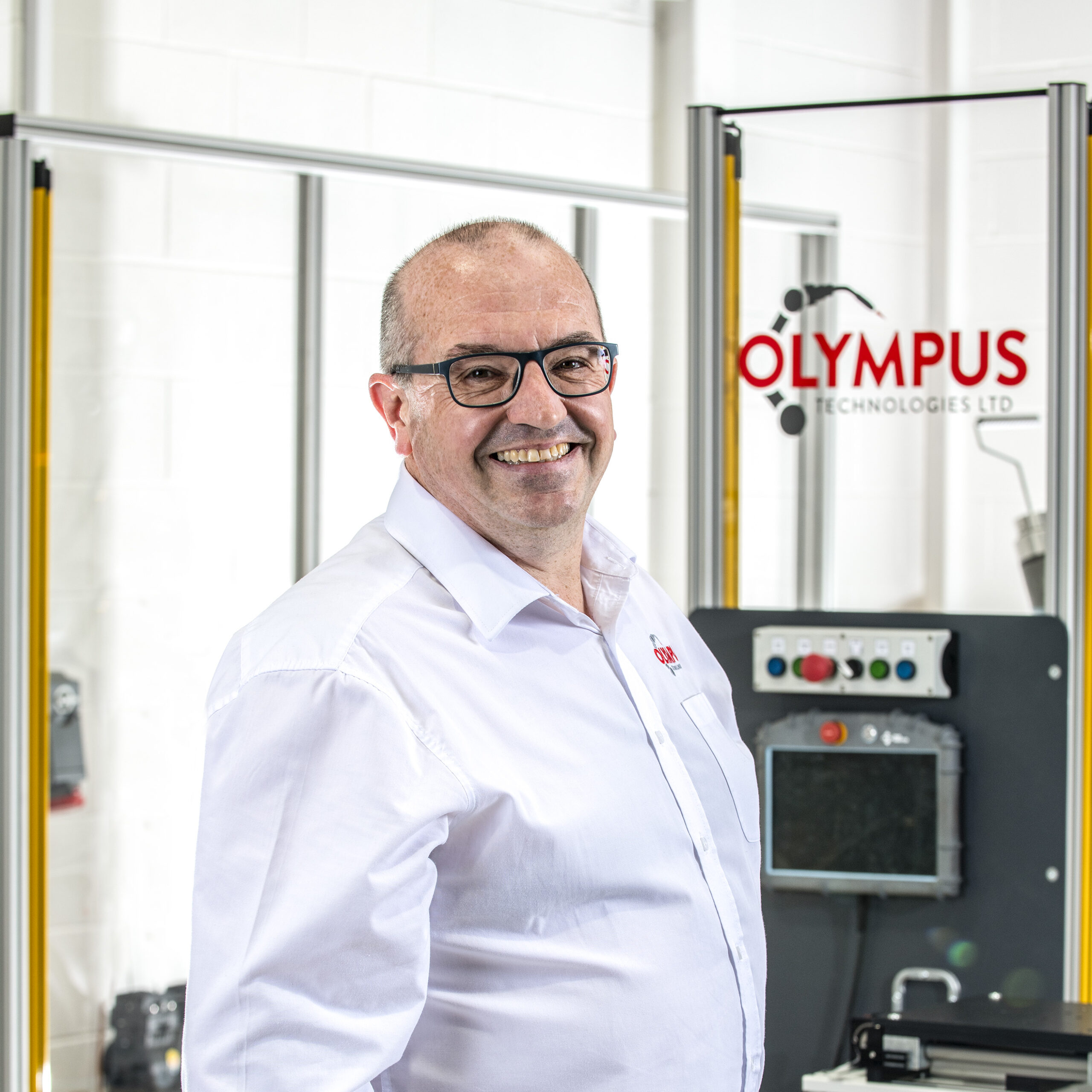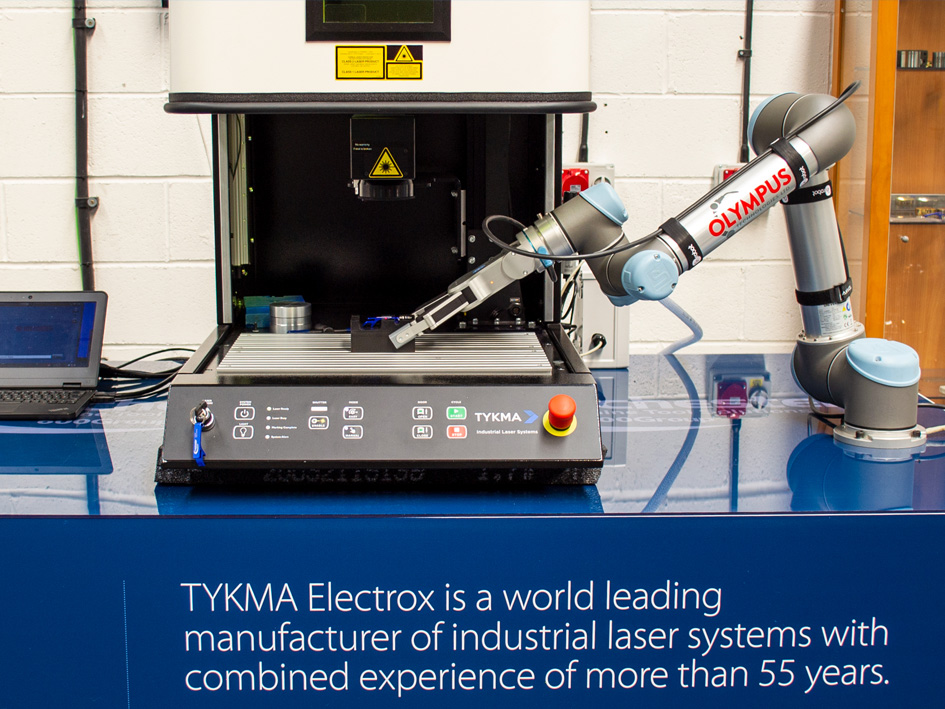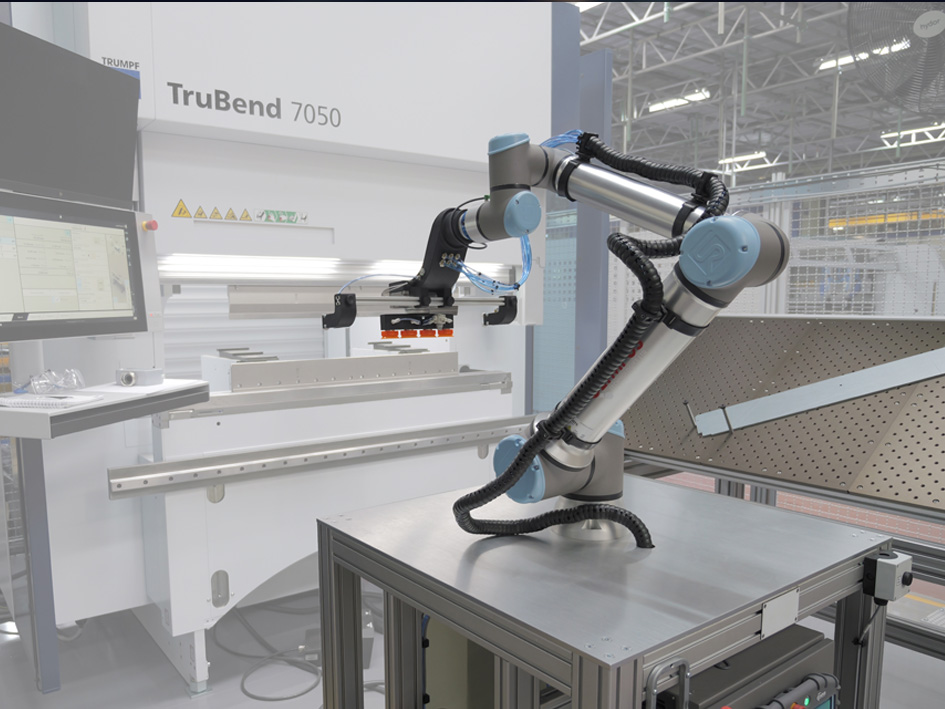The Strategic Role of Automation in Packaging
Manufacturers today face increasing pressure to improve efficiency, reduce costs, and respond quickly to shifting market demands.
End of line automation has emerged as a powerful tool in the packaging industry, helping companies gain a clear competitive edge.
By automating the final step in the packaging process, businesses can scale operations while cutting manual labor and errors.
What Is End of Line Automation?
End of line automation refers to the integration of automated systems at the conclusion of production lines - typically handling tasks like case packing, sealing, labelling, and palletising.
It plays a pivotal role in streamlining the manufacturing process, ensuring products are packaged correctly and prepared for distribution.
Common adopters include the FMCG, pharmaceutical, and food and beverage sectors, where precision and speed are essential.
Unlike full-line automation, which spans the entire production process, end of line automation focuses on packaging operations, making it more accessible and customisable. Here's how it compares to traditional methods:
| Task | Manual Process | Automated Equivalent | Time Saved | Error Reduction |
|---|---|---|---|---|
| Case Packing | Workers load boxes by hand | Robotic arm packs cases | High | High |
| Sealing | Manual taping or gluing | Automated sealing machine | Moderate | Moderate |
| Labeling | Hand labeling | Vision-guided label systems | High | Very High |
| Palletising | Physical stacking | Robotic palletisers | Very High | High |
Key Benefits of End of Line Automation
1. Increases Efficiency and Output
By replacing manual operations with automated solutions, businesses achieve significantly faster throughput. These automation systems eliminate bottlenecks and maintain consistent production lines across shifts. The result is greater efficiency and the ability to handle higher volumes without additional labor.
2. Reduces Labor Costs and Human Error
Automating repetitive and physically demanding tasks cuts the need for large labor teams while improving accuracy. It reduces the burden on skilled workers, lowers training costs, and minimises human error across processes. For companies concerned with reducing labor costs, this is a critical win.
3. Enhances Product Quality and Consistency
Automated packaging systems apply uniform standards, reducing variability and product recalls. Advanced sensors and robotics ensure each unit is packaged correctly, supporting brand consistency and compliance. Fewer errors also mean fewer unhappy customers and a stronger brand reputation.
4. Improves Safety and Working Conditions
By reducing manual handling and automating physically demanding tasks, companies create safer environments. This helps prevent workplace injuries and boosts overall job satisfaction. Workers are freed from the strain of performing repetitive tasks, improving morale and retention.
5. Strengthens Sustainability Efforts
Automation helps optimise material usage, significantly reducing material waste. Businesses committed to sustainability initiatives benefit from more efficient resource management and lower environmental impact. Precision also improves cost savings by minimising waste of raw materials.
How End of Line Automation Helps Businesses Stay Competitive
In fast-moving markets, the ability to adapt quickly is vital. End of line packaging systems enable companies to respond quickly to rapidly changing market conditions by streamlining their packaging lines.
These systems offer:
- Real-time monitoring for proactive troubleshooting and minimising downtime
- Scalable solutions that support growth without hiring more workers
- Enhanced compliance with global packaging standards, protecting brand reputation
Investing in automation solutions gives manufacturers a lasting competitive advantage in a crowded market.
Customisation: Tailoring Automation to Fit Business Needs
There's no one-size-fits-all approach to automation. Companies can choose between custom automation solutions and off-the-shelf systems based on budget, facility layout, and technical expertise.
Custom setups integrate with existing infrastructure and often deliver stronger ROI by solving specific operational pain points. The right automated packaging systems can be engineered to boost efficiency, support unique production processes, and scale as demand grows.
Considerations Before Investing in End of Line Automation
While the benefits are substantial, companies must weigh a few key factors:
- Upfront costs can be significant, though the long-term cost savings often justify them.
- Integration with current packaging solutions and infrastructure requires careful planning.
- Ongoing support, technical expertise, and staff training are crucial for success.
- Partnering with a trusted automation provider ensures the best solution for your goals.
Conclusion: Securing Long-Term Advantage Through Automation
By adopting end of line automation, companies improve efficiency, reduce reliance on manual processes, and strengthen their ability to scale. It’s a future-proof investment that addresses labor shortages, quality demands, and sustainability initiatives in one move.
Audit your current packaging process today - automation could be the key to your next big leap.
FAQs
What makes end of line automation a competitive advantage?
End of line automation eliminates manual handling, boosts production efficiency, and supports consistent product quality, all while reducing labor costs. It empowers businesses to scale faster and respond to market demands with agility.
How do automated systems reduce material waste?
Automated systems improve accuracy and minimise errors in the packaging process, which reduces excess usage of raw materials and packaging. This supports sustainability initiatives and results in measurable cost savings.
Are custom automation solutions worth the upfront costs?
Yes - while upfront costs can be high, custom automation solutions are tailored to your production lines, maximising ROI over time. They offer better integration, adaptability, and operational efficiency compared to generic systems.
What kind of tasks can automation take over from skilled workers?
Automation is ideal for repetitive tasks, such as case packing, sealing, or labelling. These are often labour intensive and prone to human error, making them perfect for advanced machinery designed to improve workplace safety and job satisfaction.














